Train Smarter, Not Harder: Insider Tips for Quick and Lasting Results
Consistency, patience, and positive reinforcement are key when training a puppy.
Here are some tips and techniques to help you with puppy training:
Start Early: Begin training your puppy when you bring them home. The early weeks and months are crucial for establishing good habits and behaviors.
Basic Commands: Teach your puppy basic commands like “sit,” “stay,” “come,” and “down.” Use positive reinforcement, such as treats and praise, to reward them when they respond correctly.
House Training: Establish a routine for bathroom breaks and reward your puppy for eliminating in the appropriate spot. Take them outside frequently, especially after meals, naps, and playtime.
Crate Training: Introduce your puppy to a crate as a safe and comfortable space. Use positive reinforcement to encourage them to enter the crate voluntarily. Gradually increase crate time and make it a positive experience.
Socialization: Expose your puppy to various people, animals, and environments to help them become well-adjusted and friendly. Arrange playdates, visits to new places, and controlled interactions to build their social skills.
Leash Training: Introduce your puppy to a leash and collar or harness. Start with short walks in a quiet area, encouraging them to walk beside you. Reward them for good leash manners.
Positive Reinforcement: Use reinforcement techniques like treats, praise, and play to reward your puppy for good behavior. Avoid punishment or harsh methods, as they can cause fear and anxiety.
Consistency: Establish consistent rules and expectations for your puppy. Use the same commands and cues, and ensure all family members are on board with the training approach.
Patience and Persistence: Remember that puppies are learning, and it takes time to grasp new concepts. Stay patient, be consistent, and reinforce positive behavior consistently.
Professional Help: Consider enrolling your puppy in a training class or working with an experienced dog trainer. They can provide guidance, address specific challenges, and offer valuable tips for practical training.
Training is an ongoing process, and it’s important to reinforce good behavior throughout your puppy’s life. Be patient, make training sessions enjoyable, and always prioritize your puppy’s well-being and positive development.
MODULE 1
This is the foundation for the whole course. Here your dog will learn how to tap into his awesome brainpower to become super obedient to your every command. Inside you will discover the following…
- How to ‘Target Train’ your dog so he/she keeps their attention on you. (You can even use ‘targeting’ to get your dog to open doors, ring bells or turn off lights).
- The ‘magic little way’ to get your dog to look into your eyes so the communication is strong as a foundation for super obedience.
- A very simple ‘airplane game’ to get your dog looking into your eyes and paying attention to you as the source of reward and pleasure.
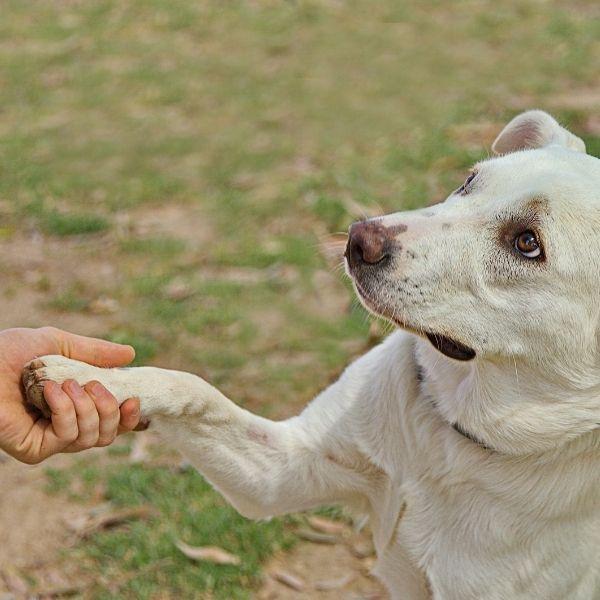

MODULE 2
Now that your dog has mastered foundational training it’s time to improve his skills and use his senses to complete your commands. You will get games covering the following…
- The ‘treasure hunt game’ that gets your dog back to his evolutionary roots and relieves the ‘boredom’ that leads to so many problem behaviors.
- ‘The muffin game’ to keep your dog mentally stimulated and out of trouble.
- ‘The ball pit game’ to drain your dog’s energy and make him easier to work with – all while they have a ton of fun and exercise.
MODULE 3
Here your dog will learn about patience and impulse control with the following games…
- Inside ‘jazz up and settle down you will learn how to settle your Dog down quickly after being hyped up with activity for a while.
- The bottle game will help provide mental stimulation plus a small amount of exercise so they behave better for you.
- Bobbing for treats will give your dog the excitement and reward he needs to behave well while helping to remove any fear of water.
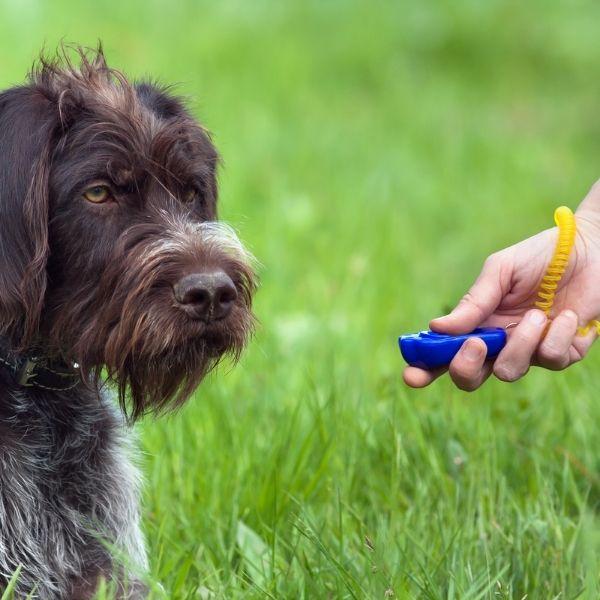
MODULE 4
Here you will develop your dog’s motor skills and his ability to concentrate on your commands.
Inside you will discover:
- The shell game to develop his mental agility.
- The open sesame game to develop patience and calmness despite an open door.
- The magic carpet game to develop even more patience and dexterity.
MODULE 5
Here you will develop your dog’s intelligence and patience. You’ll also be focusing on helping him with his impulse control to become a better-behaved dog.
Inside you will discover:
- The hide and seek game create a strong bond between you and your dog, and helps dogs who have trouble being alone.
- They look at that game to stop dogs barking at other dogs or people from the window.
- The hot and cold game to boost your dog’s ability to learn and build his confidence.
MODULE 6
Here your dog will develop advanced-level motor skills and intelligence…to obey your commands.
Inside you will discover:
- Advanced leg-weaving skills to impress your friends.
- The Serpentines and spirals game to help your dog stick by your side and follow your movements -no matter how erratic.
- The name recognition game where your dog will learn to pick out toys by their name, to boost his cognitive ability.
MODULE 7
Your dog is now at a ‘genius level’. Why not impress your friends with your dog’s ability to stack rings, tidy his toys, and even play the piano?
Inside you will discover:
- The tidy-up game so your dog can tidy up after he is finished playing is a very impressive and useful trick.
- The ring stackers game to develop skill and patience.
- Play the piano game – that’s right. Your dog will play the piano on cue.
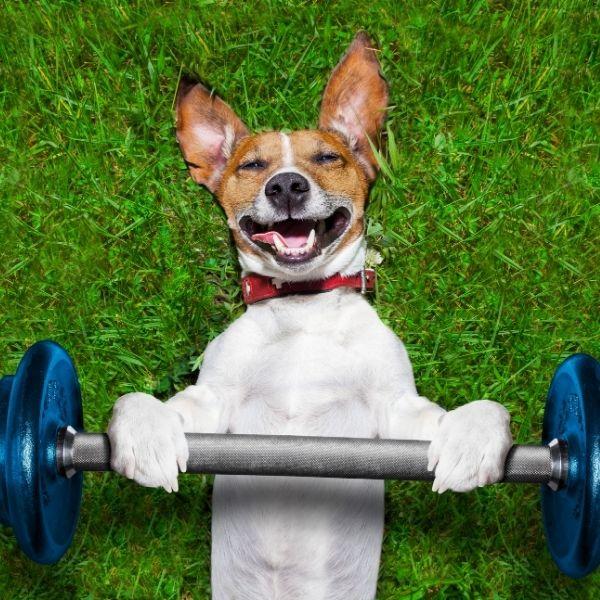
When you invest in Brain Training for Dogs today – in addition to the vast archive that covers almost every behavior problem you can imagine – I’m also going to give you my FREE bonus course:
- Everything you need to know to get your dog to stop whining.
- How to eliminate whining that comes from attention-seeking, anxiety, excitement…and toy/bone related whining.
- The insider secrets to stopping your dog from digging.
- Very simple tactics to stop your dog barking…including when your dog barks at nothing, barks at doorbells, or other triggers.
- How to stop your dog from chewing and jumping.
Brain Training for Dogs:
Q: What is brain training for dogs? A: Brain training for dogs involves mental stimulation activities that challenge their cognitive abilities and problem-solving skills, promoting mental engagement and preventing boredom.
Q: Why is brain training important for dogs? A: Brain training provides mental stimulation, which can prevent behavioral issues, improve focus, enhance learning ability, and strengthen the bond between dogs and their owners.
Q: What are some brain training activities for dogs? A: Brain training activities include puzzle toys, interactive games, scent work, obedience training, trick training, hide-and-seek, and food-dispensing toys.
Q: How can I start brain training with my dog? A: Start with simple activities and gradually increase the difficulty level. Use positive reinforcement, rewards, and short training sessions to make it fun and rewarding for your dog.
Q: Can brain training help with behavioral issues in dogs? A: Yes, brain training can help redirect your dog’s energy into positive outlets, improve focus and impulse control, and address behavioral issues caused by boredom or excess energy.
Puppy Training Leash:
Q: When should I start leash training my puppy? A: It’s best to start leash training your puppy as early as possible, ideally after they have received their initial vaccinations and are allowed to explore the outdoors safely.
Q: How do I introduce my puppy to a leash? A: Introduce the leash gradually by allowing your puppy to sniff and investigate it. Attach the leash to their collar or harness and let them drag it around indoors to get used to the sensation.
Q: What is the proper way to use a leash during puppy training? A: Use a lightweight and appropriate-sized leash for your puppy. Hold the leash loosely and walk at their pace, rewarding them for walking beside you without pulling.
Q: How can I prevent my puppy from pulling on the leash? A: Teach your puppy loose-leash walking by stopping when they pull and only moving forward when they return to your side. Reward and praise them for walking without pulling.
Q: Are there different types of leashes recommended for puppy training? A: A standard leash or a retractable leash with a locking mechanism can work for puppy training. However, a shorter leash can provide better control and prevent tangling.
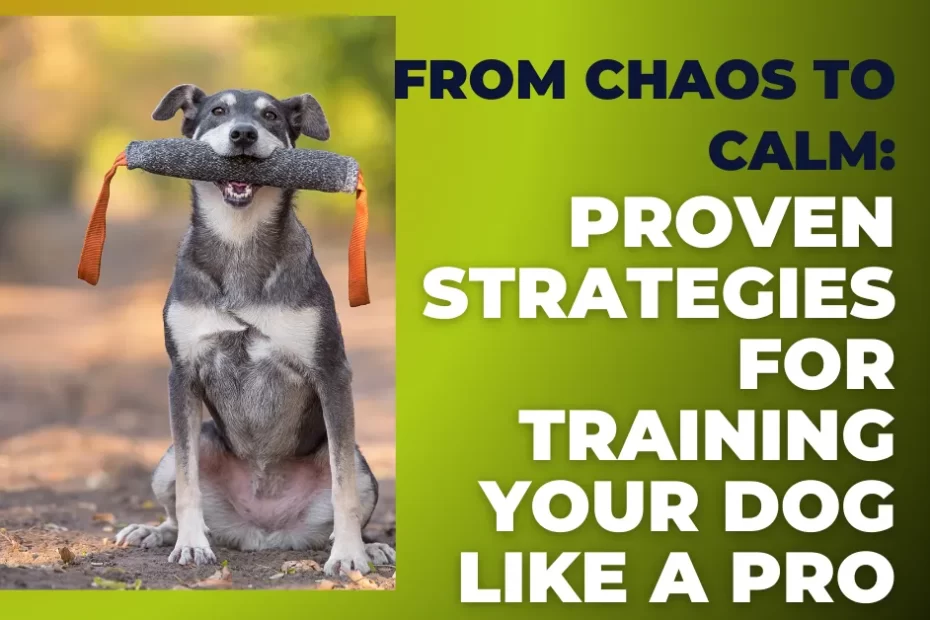
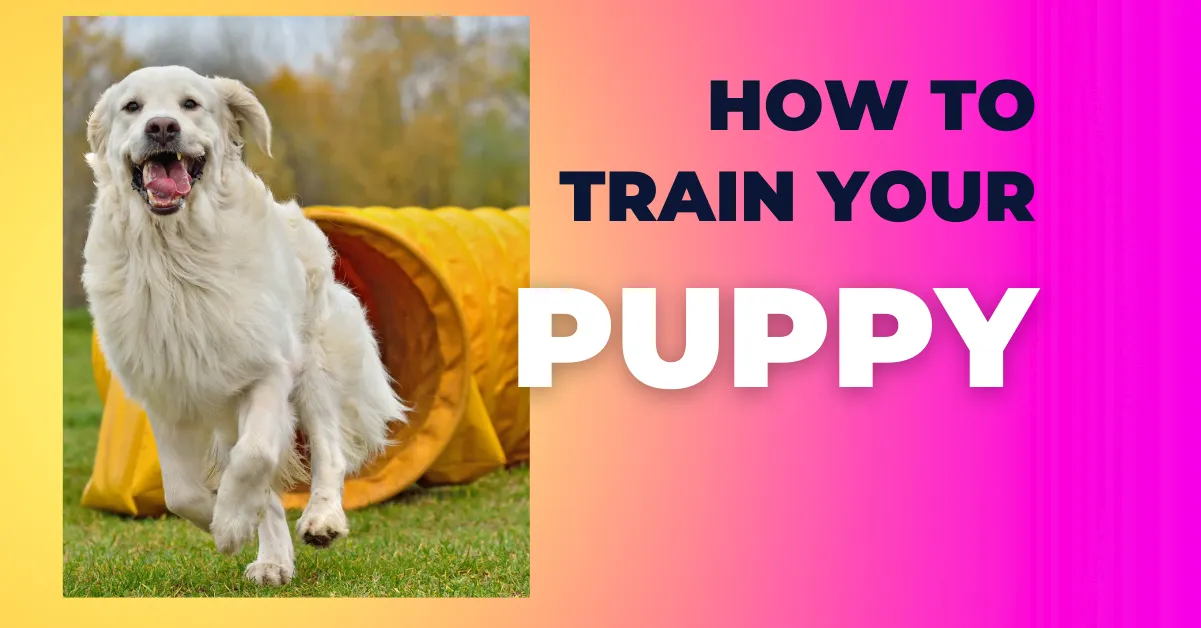
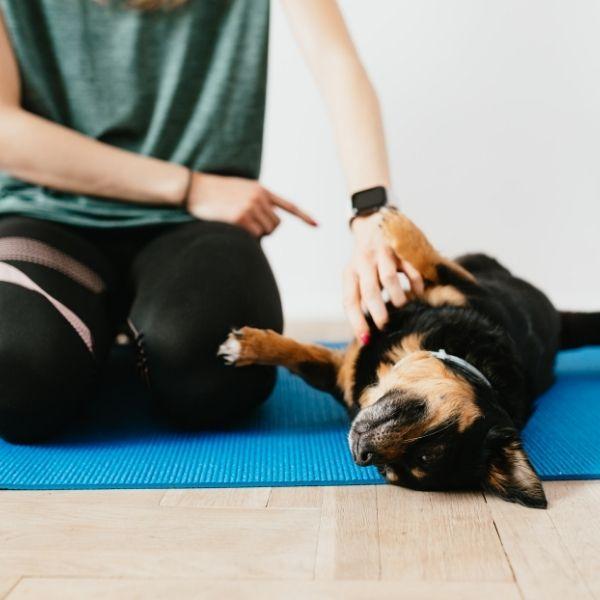
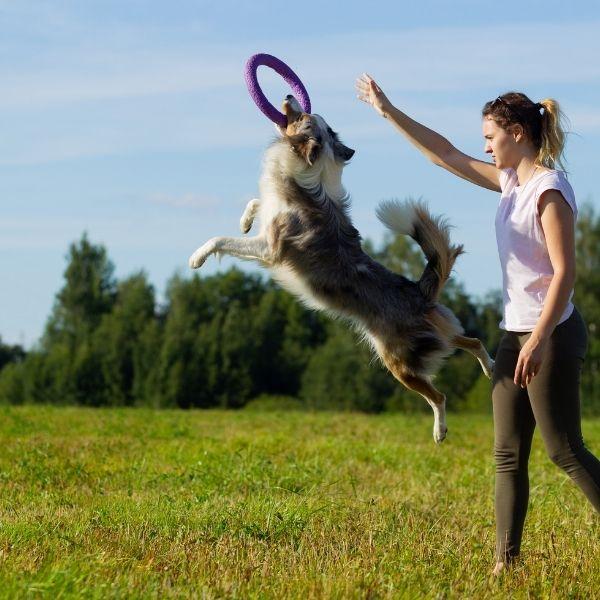
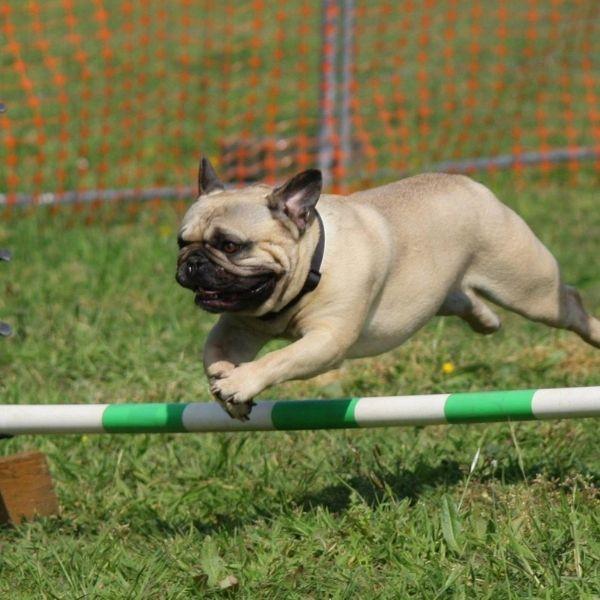
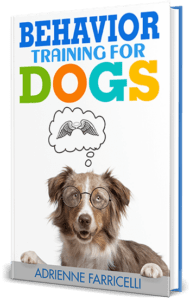
keep your furry friend happy and healthy with proper dog care! Regular exercise, balanced nutrition, and regular vet check-ups are key.
early socialization, basic commands, and consistent positive reinforcement are keys to good behavior. Remember, training also includes making your home puppy-proof and safe
Happy that you liked it!!!!
spending quality time with our furry friends through playtime, walks, and positive reinforcement can strengthen the bond between humans and dogs.
I’m deeply concerned about the use of shock collars on puppies. It’s important to remember that puppies are still learning and can be easily scared or traumatized.